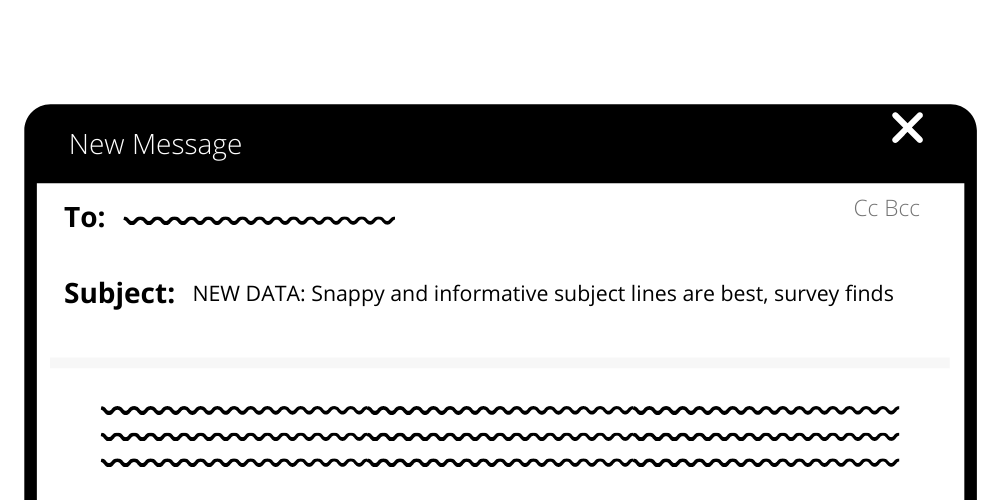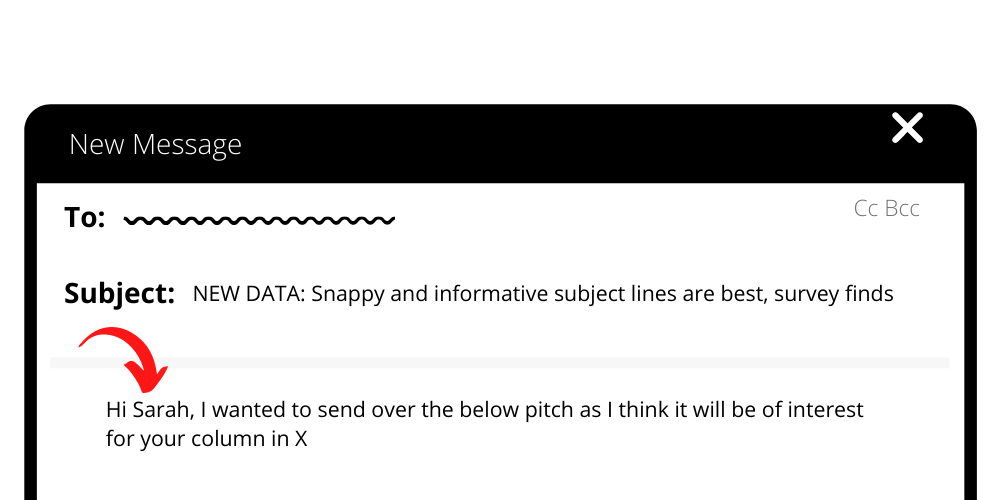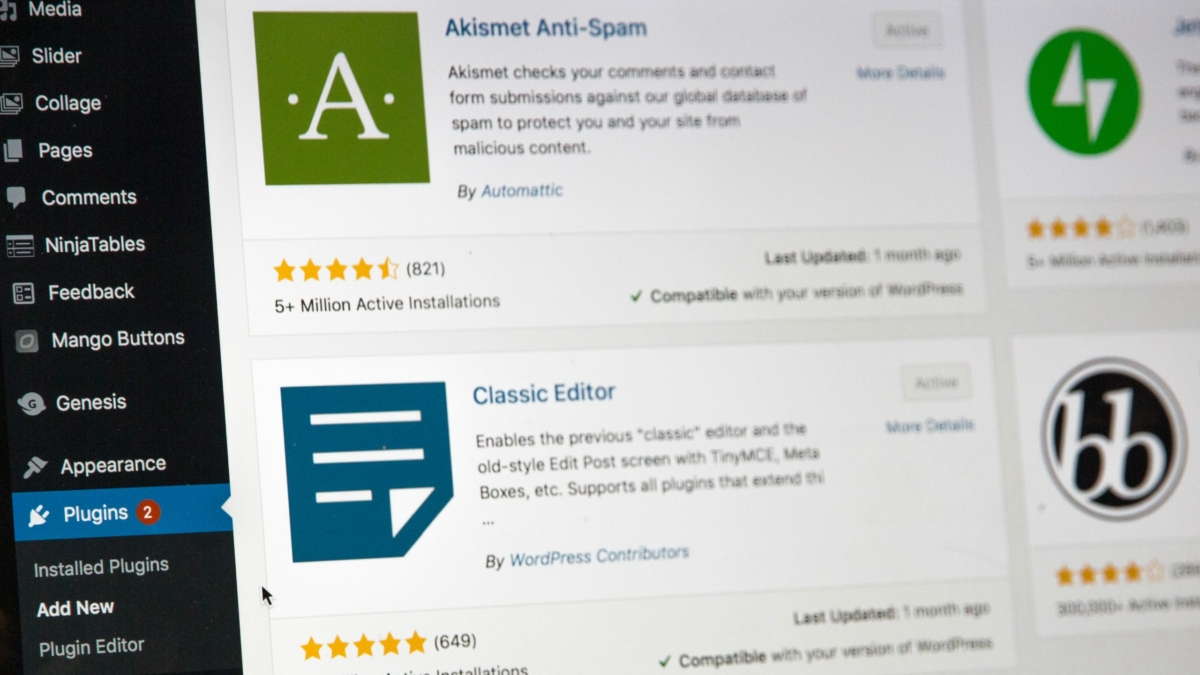Early in September, Google ran its helpful content update, adding another user-focused layer to SEO. In preparation for the update we undertook an audit of our clients’ websites to ensure they were all meeting the mark. We analysed just how helpful the content was and where improvements could be made. So what were we looking for? And how can you make sure your content adheres to the ‘helpful content’ guidelines?
What is ‘helpful content?’
Helpful content can be summed up as content that is created for the user, not for the search engine. If it’s people that are typing queries into search engines, then the answers should help those people. If the answers have been written to serve an algorithm or a search engine, then the average user isn’t going to find that helpful or enjoyable. When done correctly, helpful content will boost your SEO because the information you provide will demonstrate that your pages put people first, not crawlers.
Why is Google bothered?
Search has come a long way since the simple days of keyword stuffing. Over a quarter of people using their mobiles online now use voice search. Add to this a generation who have grown up with search engines being a completely normal part of everyday life, and you can see how we are moving towards using search much more naturally than ever before. Google wants to make searching and finding what we want even easier, and is striving to understand meaning, context and intent far beyond a few keywords. The helpful content update is part of Google’s Natural Language Processing (NLP) masterplan. Essentially, Google wants to give users what they want rather than users having to guess which words to type to get the best results. The helpful content update ensures that websites and pages are providing the best, most informative and clearest content possible.
How to write helpful content
The easiest way to target this mammoth subject is to break it down into key areas:

1. The user (you, me, them, us)
No matter what you are writing about, always (I repeat always) remember who you are writing for. Understanding your audience is key to writing content that will be helpful to them. There is no use writing about the quality and composition of a leather dog lead if your client’s target market is price focused. To make that point clearer, here is how I would approach user intent when setting out writing content:
Industry/product/service: what does your client sell and what are the typical pain points when selling that product? Our client in the gardening industry sells high end garden furniture. People searching for garden furniture are likely to be concerned with quality, price and maintenance. So I would structure my content around these pillars.
Demographic: Our gardening client has an affluent target market and wants to hone in on the quality of their product rather than the final price. Therefore, their customer is less likely to be typing price related queries and more likely to be considering longevity and overall value.
Possible queries: Now that you’ve broken down your user you can consider what they might actually be searching for. Tools like alsoasked or answerthepublic are great for researching real queries that real users are regularly typing into search engines. Even a basic Google search on something like ‘garden furniture sets’ can give you some direction.
This approach can be applied to all clients. Understanding the nuances of the end user enables you to write content that helps them find answers even if they don’t not know exactly what they are searching for.

2. E-A-T (aka friends don’t lie)
Much is made of E-A-T, or expertise, authority and trust to give it its full name, not being a ranking factor. Not that I’d argue with Google, but the concept of E-A-T is intrinsic to helpful content so, for me, it follows that if you are creating expertly written, authoritative and trustworthy content you are being more helpful and, ergo, you will likely rank higher. You can read a deep dive into E-A-T in 2022 here, but for the purposes of this article, we’ll explain how you can use it specifically to create helpful content.
When I set about integrating E-A-T into copy, I think about three key areas:
Bullet points and numbering – this technique helps you to set out your content really clearly and keeps a very clear focus on what you are saying. The information held in these lists can be some of the most valuable on the page, allowing for featured snippet opportunities and, on a more basic level, setting the content apart so the user can easily identify it (remember what we said about writing for the user). It can be something as simple as a list of Do’s and Don’ts, but having these distinct sections of information demonstrates that you know what you are talking about and aren’t afraid to show it.
Linking – Linking is the pat on the back of the digital world. It shows search engines that you have mates vouching for you and it helps users to understand and trust what you are telling them. Adding internal links to your content can direct traffic through a clear marketing funnel and allows you to utilise content pillaring effectively. Linking related articles together will form one big picture on your pillar topic and signal that you have plenty of expertise and authority in your subject.
External linking is pointing to a website outside of your organisation and saying ‘look they can back me up.’ It shows that you aren’t pulling information from thin air and can corroborate your points. In some instances, for example, Your Money or Your Life (YMYL) industries, external linking can be especially helpful because the subject matter requires an extra degree of expertise and trust. When researching your content, keep a list of any useful links and weave them into your final piece where relevant and appropriate.
Hard facts and figures – Firstly, don’t make stuff up! That might be obvious but there are times when you’re sure you’ve read something only to find out you got it wrong. So, if I’m writing an About Us page, I make sure I have an in-depth list of facts and figures on the client so that my content has gravitas.
Second to this, I always look to see where I can add value into my content with social proof like reviews, featured articles or any accreditations. This might be a simple banner at the footer of a blog but it shows users and SERPs that the page, and therefore the site, can be trusted. Author profiling is another great way to double down on the information you provide so, where possible, include an author bio.
It isn’t always possible to incorporate all of these elements into a single piece but I use them as my baseline. Before starting the writing process I will fill out a Google sheet with potential areas to include any of these features, and then flesh them out as I research and eventually write the copy.
3. Semantic SEO (hey Bert)
In some respects semantic SEO goes back to meeting your users needs. In short, semantic SEO is the use of key words and phrases that relate to your chosen topic. I think of it as a natural way of speaking. So, if you were talking about your morning routine you would naturally mention breakfast, showering and leaving the house. You wouldn’t veer off on a tangent and start talking about putting your pyjamas on. This is what Google refers to as salience.
In 2019 Google launched BERT (bi-directional encoder representations from transformers) which impacted 10% of all search queries straight away. BERT is an AI demo that will tell you how salient, and therefore relevant, your content is to your intended topic. So, as we touched on in the morning routine example, you should be using lexis that is relevant to your subject matter and immediately shows your audience that what they have landed on is exactly what they are looking for. Start off with some keyword research to define your seed keywords and then also use common sense to note down other areas.
If I were writing category copy for a piano retailer I would use the top tier keywords around that specific piano brand but also talk about keys, pedals and soundboards to effectively demonstrate what the content was about. This is great for content pillaring too and those all important linking opportunities. You can then run your content through BERT and get your salience score to see how it stacks up against other similar content.
BERT will also show you if it is a positive, negative or neutral piece of content. This doesn’t refer to its state of mind but rather its relevance to other similar articles. If you were writing content about the best Apps for 2023, BERT should give you a neutral score as it isn’t an emotive subject. If you were writing about how to be more motivated in the mornings, your copy may need to have a more positive sentiment score. Carefully consider the value your content offers, who it is targeted at and what needs they are trying to meet in searching for that content. This will help you achieve the right level of sentiment.
4. Copywriting (your English teacher would be proud)
Given half the chance, I’d talk about the virtues of good grammar and syntax all day long. Don’t underestimate the importance of simply writing well when it comes to helpful content. Readers don’t want to read overly long sentences with no clear end point. Think of every piece of content as a conversation. If you were asking someone for directions and they digress into how they used to live nearby, you would quickly forget the valuable information. So stick to the point and set out a clear beginning, middle and end before writing anything. I never start any article without drafting a brief first. Then, when I do come to actually crafting the content here are some of the basic rules I live by:
- H2 & H3 headings – long blocks of content are off putting and make it harder to find the info you are looking for so always separate with headings.
- Short simple sentences – ideally a sentence should be no longer than 20 words. If it is then commas are your friend.
- Follow questions with an answer – even if the answer is ‘it depends’ – give a definite answer first and then follow up with any variables.
- Get to the point
- Use simple language – the average reading age for the UK is 9 years old. This will vary according to the topic and the end user, especially if the content requires industry specific lexis, but always have it in the back of your mind. Simple synonyms are a copywriter’s best friend.
In summary
Google will definitely thank you for setting your content out clearly and writing it using good English. They will high five you if you have some good E-A-T signals and they will get down on one knee if you are meeting the needs of your users (sorry I got carried away).
Writing helpful content is mainly about matching user intent, and the continued algorithm updates are all part of making search engines as effective as possible for the people using them – us. So perhaps the biggest takeaway when writing for humans is to be human. Don’t try to trick an algorithm into trusting you, just be trustworthy. There are SEO specialists and data analysts who can take care of the technical aspects of SEO, but as a content writer you should be focused on creating content that is enjoyable, valuable and genuine. So to summarise, as a content writer, here’s the basic steps to start writing helpful content:
– Define your user and their needs
– Check off opportunities for bullet or number lists
– Include internal and external links
– Fact check your content and add in any evidence or social proof
– Research keywords and optimise for salience and sentiment
– Use good English and grammar
– Write for your audience not a search engine (you should have figured that out by now)


































